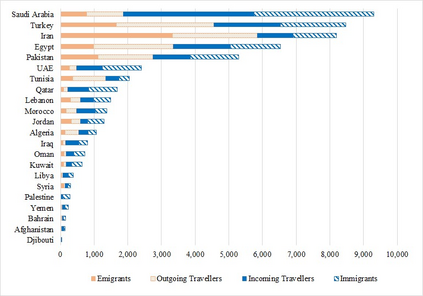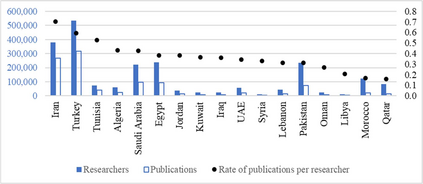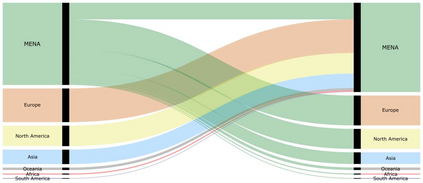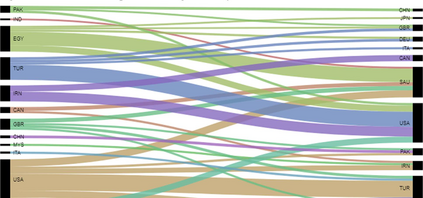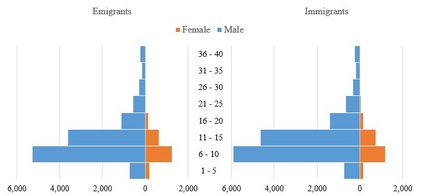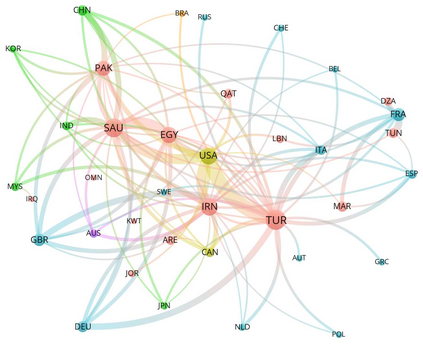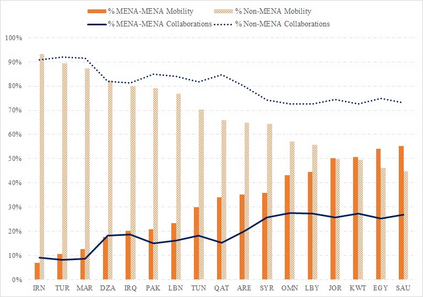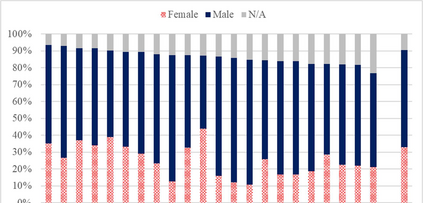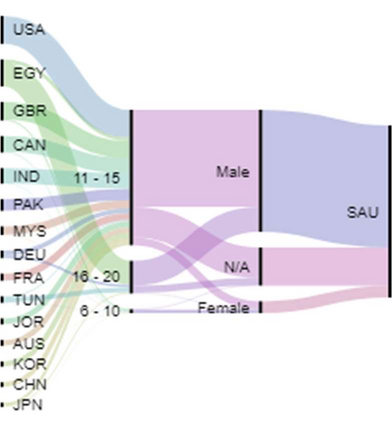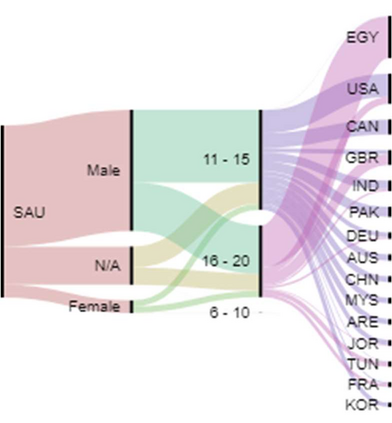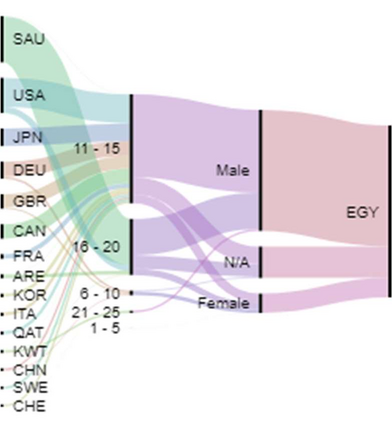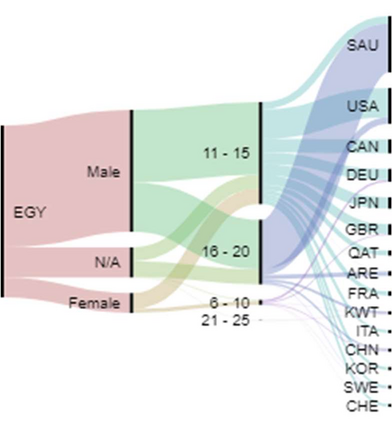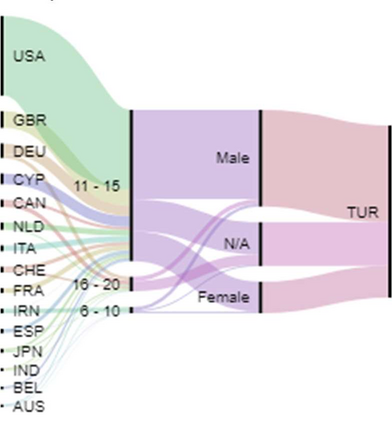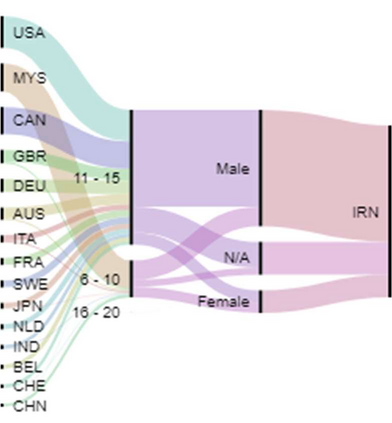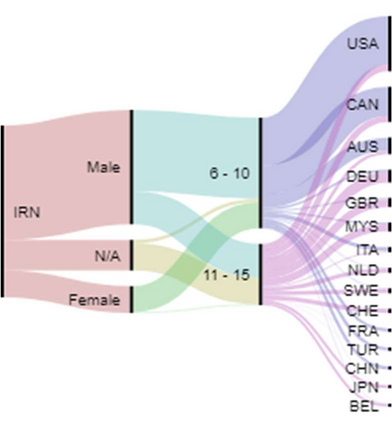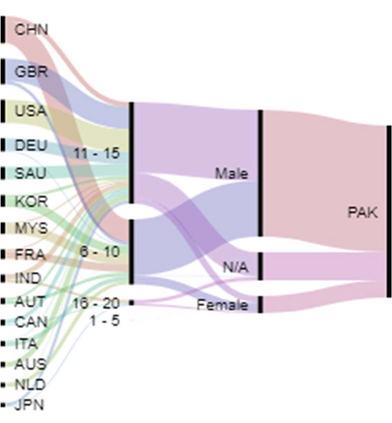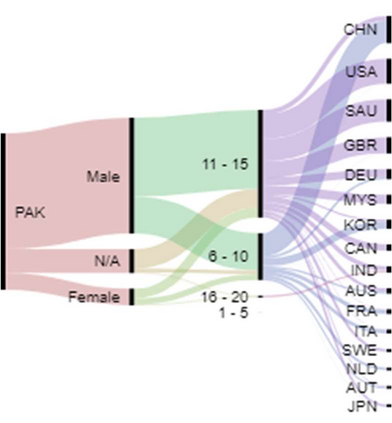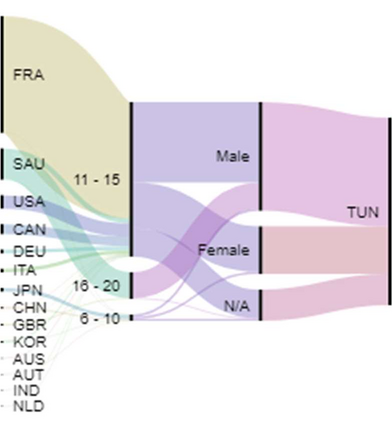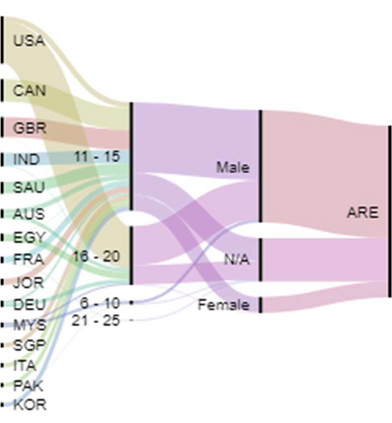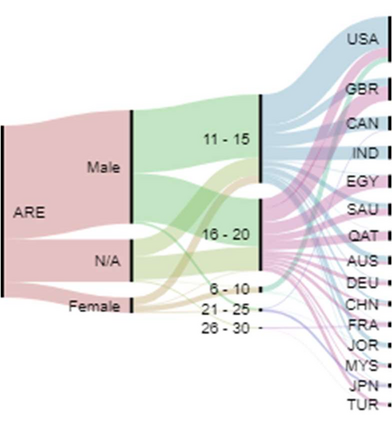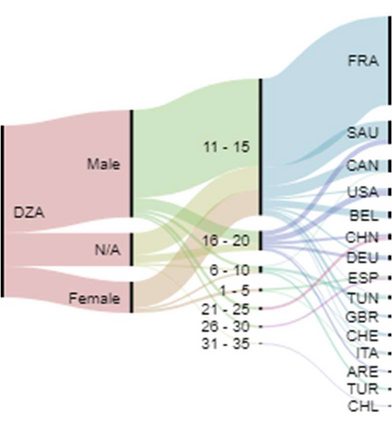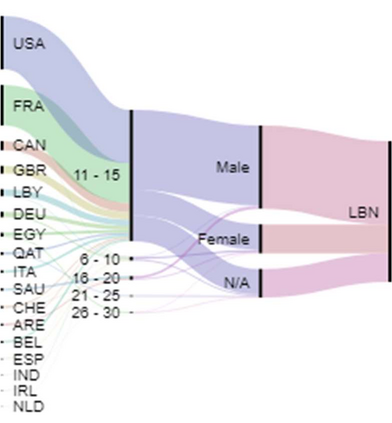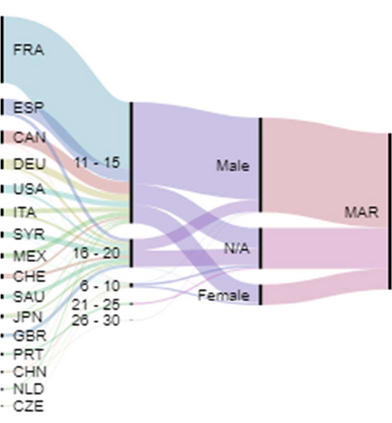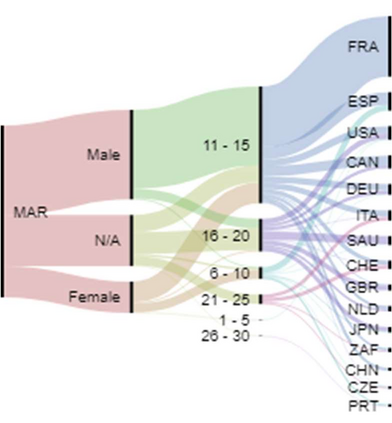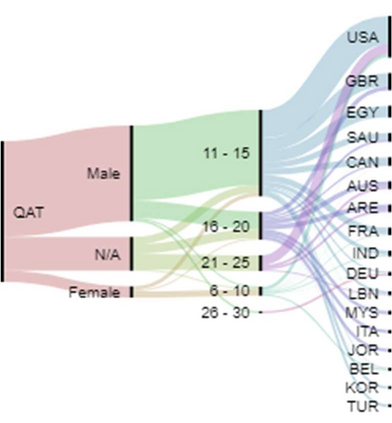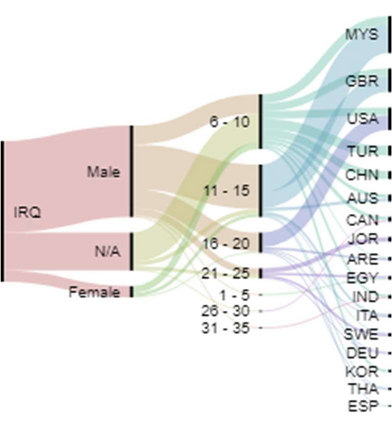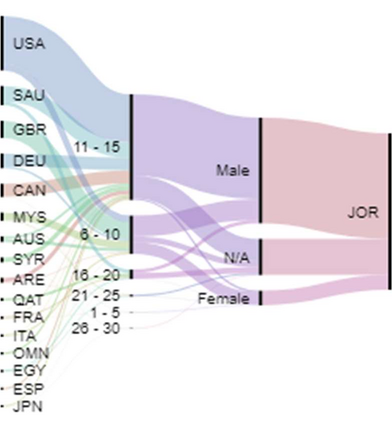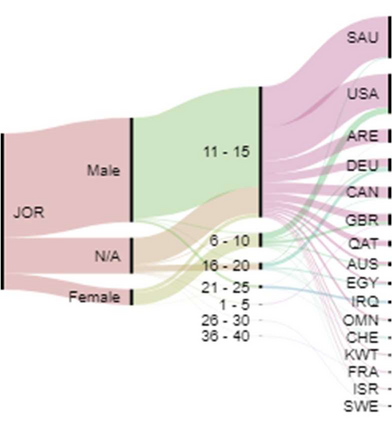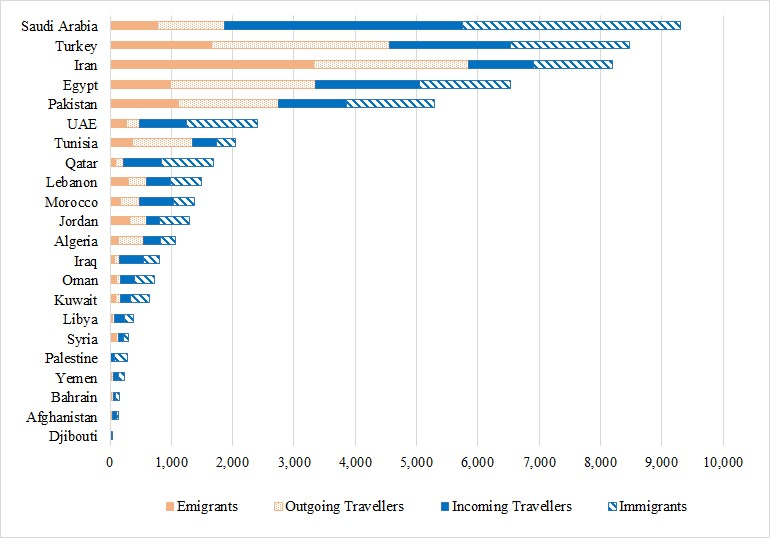This study investigates the scientific mobility and international collaboration networks in the Middle East and North Africa (MENA) region between 2008 and 2017. By using affiliation metadata available in scientific publications, we analyse international scientific mobility flows and collaboration linkages. Three complementary approaches allow us to obtain a detailed characterization of scientific mobility. First, we uncover the main destinations and origins of mobile scholars for each country. Results reveal geographical, cultural and historical proximities. Cooperation programs also contribute to explain some of the observed flows. Second, we use the academic age. The average academic age of migrant scholars in MENA was about 12.4 years. The academic age group 6-to-10 years is the most common for both emigrant and immigrant scholars. Immigrants are relatively younger than emigrants, except for Iran, Palestine, Lebanon, and Turkey. Scholars who migrated to Gulf Cooperation Council countries, Jordan and Morocco were in average younger than emigrants by 1.5 year from the same countries. Third, we analyse gender differences. We observe a clear gender gap: Male scholars represent the largest group of migrants in MENA. We conclude discussing the policy relevance of the scientific mobility and collaboration aspects.
翻译:这项研究调查了2008年至2017年期间中东和北非地区的科学流动性和国际协作网络。我们利用科学出版物中的附属关系元数据,分析了国际科学流动性流动和协作联系。我们分析了国际科学流动性流动和协作联系。三种互补方法使我们能够获得科学流动性的详细特征。首先,我们发现了每个国家流动学者的主要目的地和来源。结果显示了地理、文化和历史的相对性。合作方案也有助于解释所观察到的流动。第二,我们利用了学龄。地中海移民学者的平均学龄约为12.4岁。移徙学者和移民学者最常见的是6-10岁年龄组。移民比移民年轻,伊朗、巴勒斯坦、黎巴嫩和土耳其除外。移民到海湾合作委员会国家的学者、约旦和摩洛哥平均比来自同一国家的移民年轻1.5岁。第三,我们分析了性别差异。我们观察到明显的性别差距:男性学者代表中东和北非最大的移民群体。我们最后讨论了科学流动性和合作方面的政策相关性。

